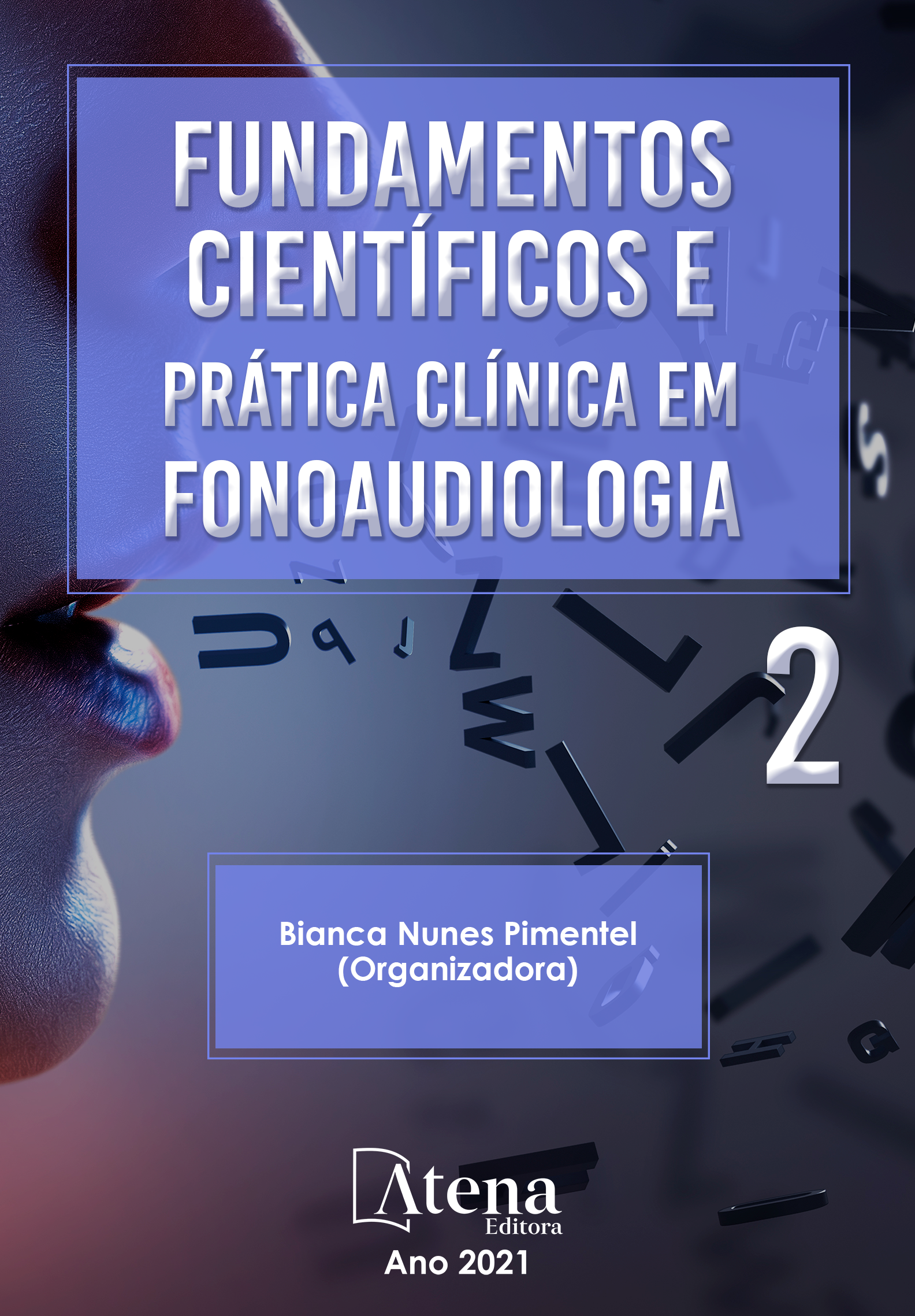
FALHA NAS EMISSÕES OTOACÚSTICAS E NEONATOS PEQUENOS PARA A IDADE GESTACIONAL
Introdução: Neonatos classificados como Pequenos para a Idade Gestacional (PIG) são aqueles cujo peso de nascimento, em relação à idade gestacional, está abaixo do percentil 10 da curva de crescimento. Emissões Otoacústicas Evocadas Transientes (EOAET) detectam alterações auditivas de origem coclear. Objetivo: Estimar a associação entre ser neonato PIG e falhar nas emissões otoacústicas. Métodos: Estudo transversal, retrospectivo e analítico com neonatos, referente ao período de janeiro de 2017 a dezembro de 2019. Foram testados dois desfechos: Falha nas Emissões Otoacústicas Evocadas por Estímulo Transiente (EOET) na orelha direita (passa; falha) e na orelha esquerda (passa; falha). A variável PIG (não; sim) foi a variável de exposição principal deste estudo. Participaram deste estudo apenas os neonatos que realizaram as EOET. Utilizou-se a análise de regressão logística no software Stata®, versão 14. Resultados: Participaram deste estudo n=20.433 recém-nascidos sendo que n=321 eram PIG (1,6%). Com relação as EOET, houve falha em 1,1% da amostra na orelha direita (n=211) e em 1% na orelha esquerda (n=205). Na análise ajustada, neonatos PIG apresentaram 4,43 vezes mais chance de falhar nas EOET da orelha esquerda, quando comparados aos neonatos que não eram PIG (p<0,001). Também observou-se associação na orelha direita (OR: 4,37; p<0,001). Conclusão: Houve associação entre falha nas EOET e neonatos PIG. Para alcançar o diagnóstico e a intervenção precoce é importante a valorização e fortalecimento da triagem auditiva em neonatos.
FALHA NAS EMISSÕES OTOACÚSTICAS E NEONATOS PEQUENOS PARA A IDADE GESTACIONAL
-
DOI: 10.22533/at.ed.8622113055
-
Palavras-chave: Audição, Perda Auditiva, Recém-nascido
-
Keywords: Hearing. Hearing Loss. Infant, Newborn
-
Abstract:
Introduction: Neonates classified as Small for Gestational Age (SGA) are those whose birth weight, in relation to gestational age, is below the 10th percentile of the growth curve. Transient Evoked Otoacoustic Emissions (TEOAE) detect auditory changes of cochlear origin. Objective: To estimate the association between failure in otoacoustic emissions and PIG neonates. Methods: Cross-sectional, retrospective and analytical study with neonates, referring to the period from January 2017 to December 2019. Two outcomes were tested: Failure in Transient Stimulus Evoked Otoacoustic Emissions (TEOE) in the right ear (passes; failure) and in the ear left (passes; fails). The PIG variable (no; yes) was the main exposure variable in this study. Only neonates who underwent TEOE participated in this study. Logistic regression analysis was used in the Stata® software, version 14. Results: n = 20,433 newborns participated in this study, and n = 321 were SGA (1.6%). Regarding TEOAE, there was a failure in 1.1% of the sample in the right ear (n = 211) and in 1% in the left ear (n = 205). In the adjusted analysis, SGA neonates were 4.43 times more likely to fail TEOAE in the left ear, when compared to neonates who were not SGA (p <0.001). There was also an association in the right ear (OR: 4.37; p <0.001). Conclusion: There was an association between TEOAE failure and SGA neonates. To achieve diagnosis and early intervention, it is important to value and strengthen hearing screening in neonates.
-
Número de páginas: 10
- Patrícia Haas
- Eduarda Besen
- Danúbia Hillesheim
- Karina Mary Paiva
- Luciana Berwanger Cigana


